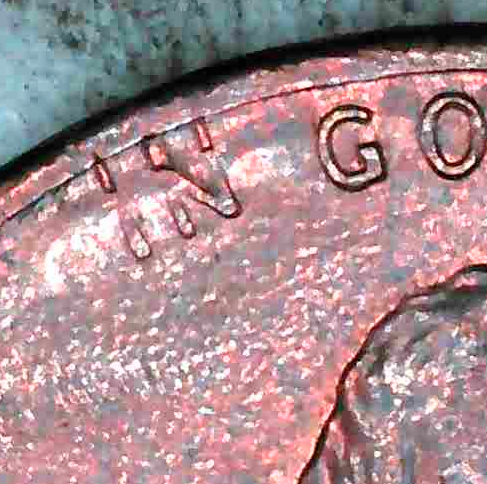IBERTY Error Cent: What It Is and What It’s Worth
That “IBERTY” penny in your hand isn’t a jackpot. Most missing letters come from grease in the die or plain damage. Fun to keep, cool to learn from, but not the kind of error that cashes out big.
That “IBERTY” penny in your hand isn’t a jackpot. Most missing letters come from grease in the die or plain damage. Fun to keep, cool to learn from, but not the kind of error that cashes out big.

That penny with letters smeared into the rim isn’t a rare doubled die. It’s metal flow. The press shoved soft copper sideways, warping the design. Cool to study, fun to save, but not a jackpot.
Think you found a repunched mintmark? Think again. If the doubling is only on the mintmark, it’s probably just a mechanical hiccup and not a rare variety. Here’s how to tell the difference between real value and junk that only looks good under a microscope.
PMD stands for Post-Mint Damage. It refers to anything that happened after a coin was struck. It doesn’t matter if the damage occurred at the mint or in someone’s pocket. If it didn’t happen during the minting process, it’s not an error. It’s damage.
Think your 1965 quarter might be silver? Most aren’t, but a few rare ones are worth thousands. This guide shows you how to check the edge, weigh the coin, and know what to look for.
Wondering if your 1982 penny is worth anything? With seven different varieties and a mid-year metal change, it’s one of the most confusing coins out there. This guide breaks down how to tell copper from zinc, what to look for in small dates, and which version might actually be valuable.
Ever found a coin with missing letters or soft details that didn’t quite look worn? You might have a grease-filled die error. These are common and usually not worth much, but they’re a great way to learn how coins are made and what to watch for when something seems off.